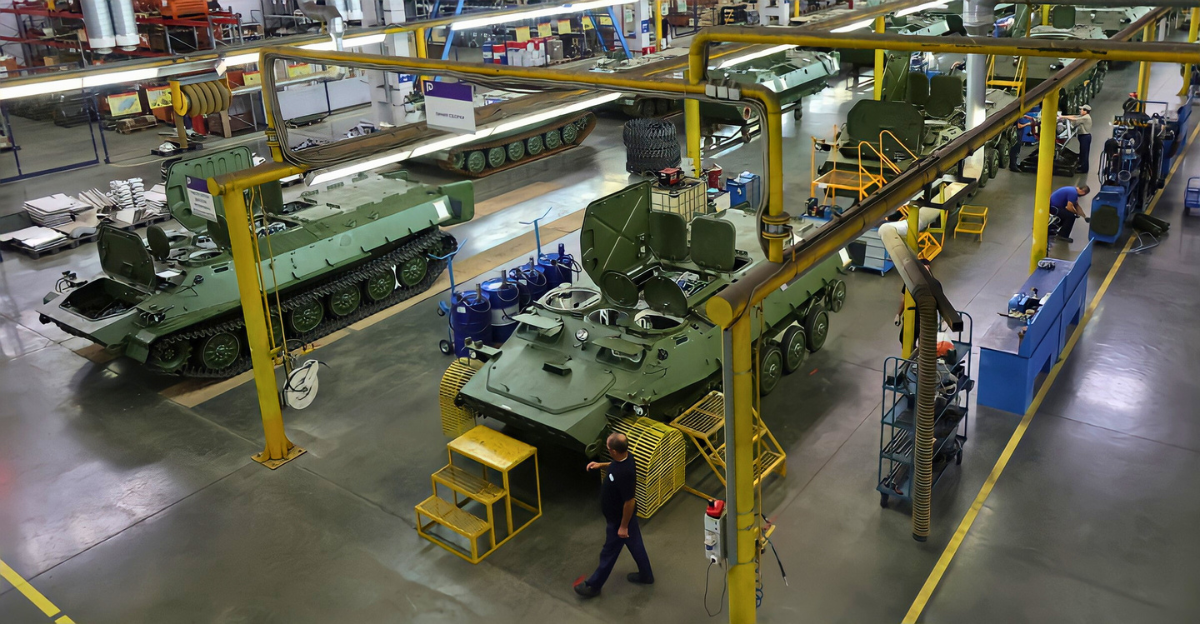
China has accomplished a significant milestone by powering up the world’s first operational thorium molten salt reactor, a daring move that redefines the future of nuclear energy. Thorium offers far more abundance and the potential for safer, cleaner atomic power than conventional uranium reactors.
The reactor’s innovation is not a gimmick; instead, it has the potential to fundamentally alter how people think about climate change, energy security, and scientific leadership. Years of painstaking research have culminated in this reactor, which represents a move away from fossil fuels and traditional nuclear plants that are vulnerable to unplanned shutdowns and safety hazards.
Historical Patterns: Ignored Lessons, Rekindled Paths
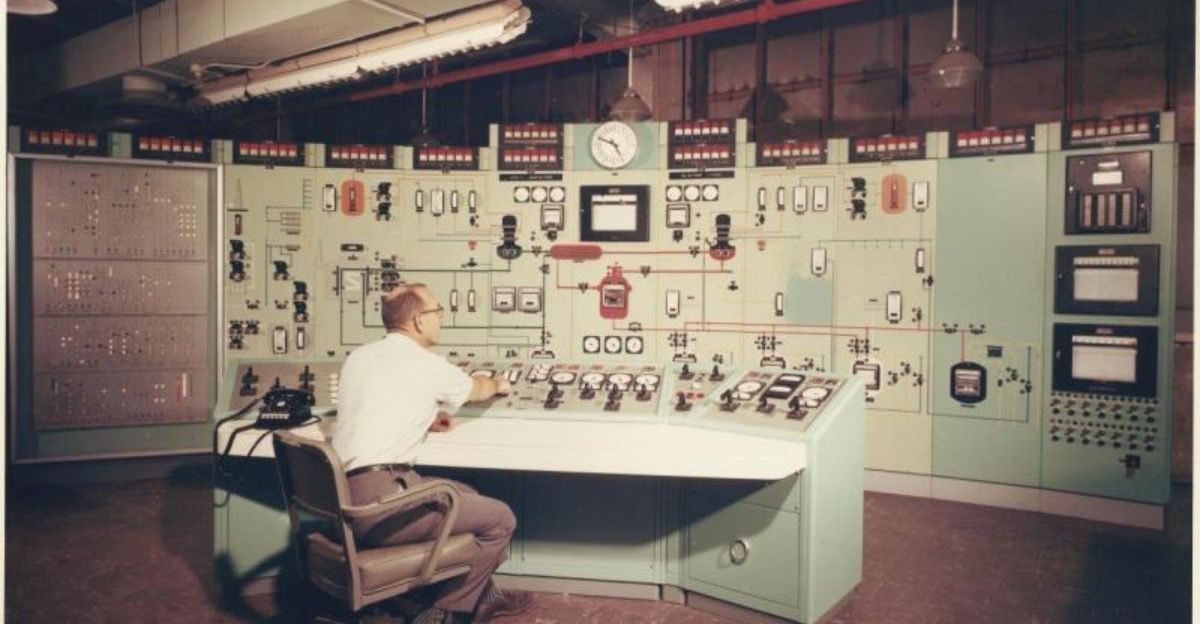
Reactors that use thorium are not new. At Oak Ridge National Laboratory, the United States developed molten salt reactor technology in the 1960s. After successfully operating a thorium cycle for years, the project was abruptly abandoned in favor of uranium. Interestingly, China’s research advances what was once Western intellectual capital to full operational status by heavily relying on publicly accessible declassified US documents.
A pattern of lost opportunities in Western nuclear strategy, motivated by political agendas, military considerations, and early Cold War anxieties, can be seen in this historical context. For decades, a wealth of technological potential remained unexplored due to the United States’ decision to discontinue its thorium research.
Unlocking Abundance: The Advantage of Thorium Supply
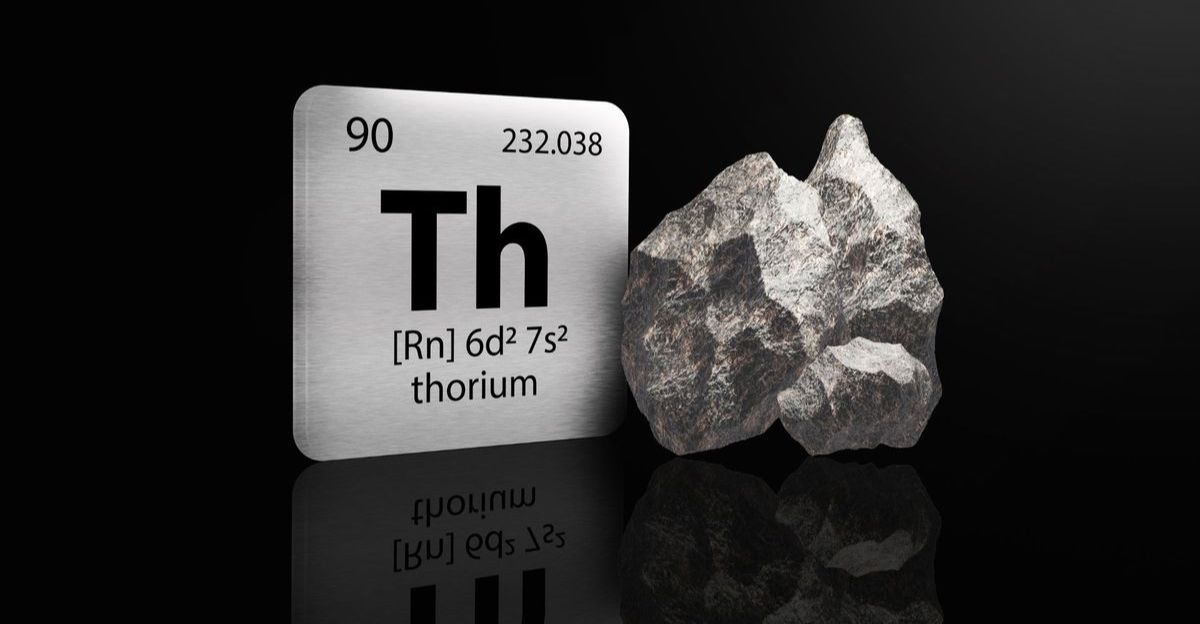
Not only is thorium more prevalent than uranium, but it is also up to 500 times more abundant in the Earth’s crust than the fissile uranium-235 isotope that is actually used in reactors. Up to 1 million tonnes of thorium have been found by China’s own geological surveys; at current rates, this amount could theoretically supply the nation’s energy needs for 60,000 years.
Beyond its sheer quantity, thorium’s broad geographic distribution lessens the geopolitical risks associated with uranium mining that is concentrated in a small number of countries. Additionally, this abundance reduces future fuel prices and lessens the monopolistic restrictions that have long afflicted markets for nuclear fuel.
Leapfrogging with Molten Salt to Bridge the Technology Gap

By dissolving the fuel to run at atmospheric pressure, the Chinese reactor’s molten salt technology lowers the risk of explosions and provides passive safety benefits. Molten salt designs significantly reduce the risk of meltdown by having the ability to empty their contents in an emergency, unlike conventional solid-fueled reactors.
By implementing radically new reactor designs that integrate efficiency, safety, and flexibility, China is able to avoid the gradual upgrades that are common in uranium-fueled plants. Molten salt reactors’ modular design also suggests that nuclear infrastructure planning may undergo radical changes. Reactors could be prefabricated and shipped around the world, cutting down on construction costs, schedules, and site dependencies.
Cleaner Output: The Waste Revolution of Thorium
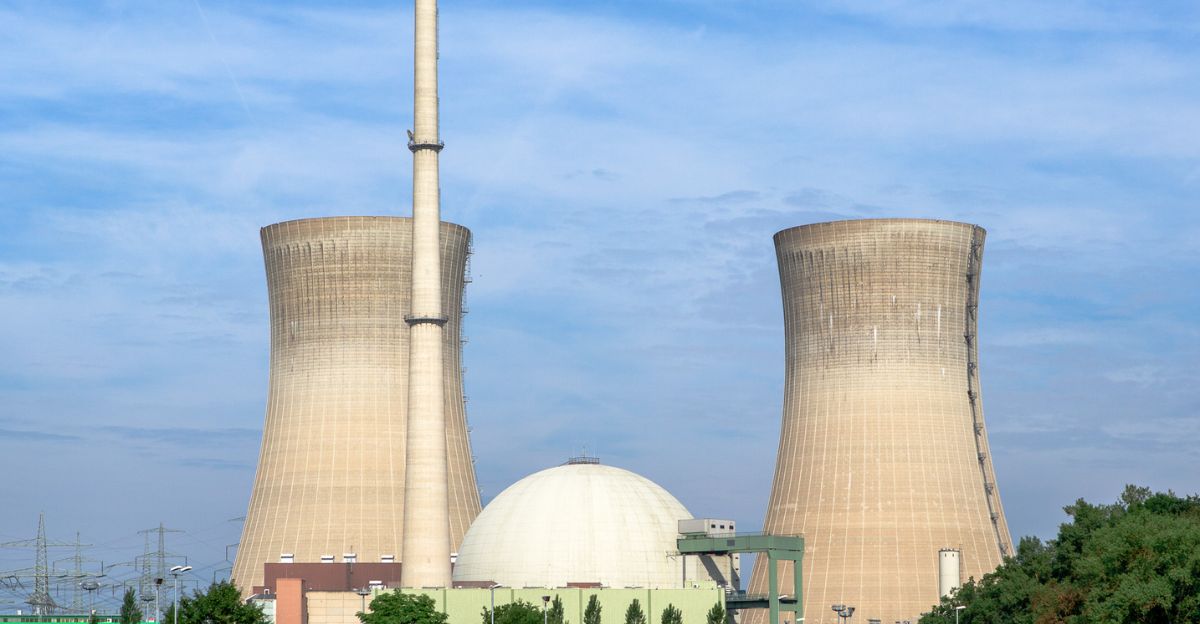
The waste from conventional uranium reactors is hazardous for tens of thousands of years. Byproducts from thorium fuel cycles decay to safe levels in hundreds of years as opposed to millennia, producing a fraction of the volume and toxicity. Better yet, legacy uranium waste can be burned in molten salt thorium reactors, turning today’s nuclear anxieties into tomorrow’s energy.
The chemistry behind the waste profile of thorium is complicated but essentially beneficial: decay processes are accelerated by the production of important long-lived isotopes, which are either absent or produced in much smaller amounts. The physical footprint needed for safe waste storage could be significantly reduced, government financial burdens could be lessened, and public concerns about nuclear repositories could be allayed.
Enhancements to Safety: Reducing Meltdown Fear
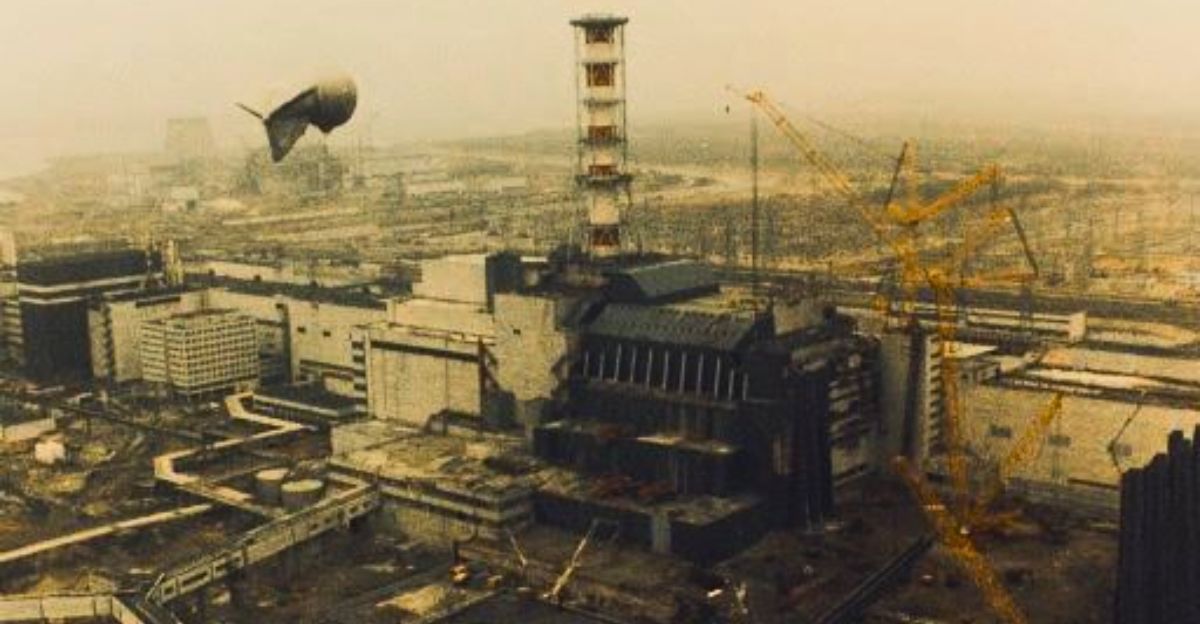
The public’s mistrust of nuclear energy has been exacerbated by the Chernobyl, Fukushima, and Three Mile Island accidents. These concerns are dispelled by thorium molten salt reactors, which not only run at low pressure, virtually eliminating the possibility of explosive failures, but also allow for automatic “freeze plug” emergency shutdowns. The reactor literally drains itself to a safe, sub-critical state in the worst situation. This shifts nuclear safety away from luck and heroism and toward automation and fundamental physical law.
Plant architecture is made simpler and more resilient to human error and natural disasters by reducing extreme pressure and the need for extensive emergency cooling systems. These safety advancements have the potential to drastically change how the public and authorities view nuclear risks, leading to greater acceptance and simpler approvals around the world.
Resistance to Proliferation: Reducing the Bomb
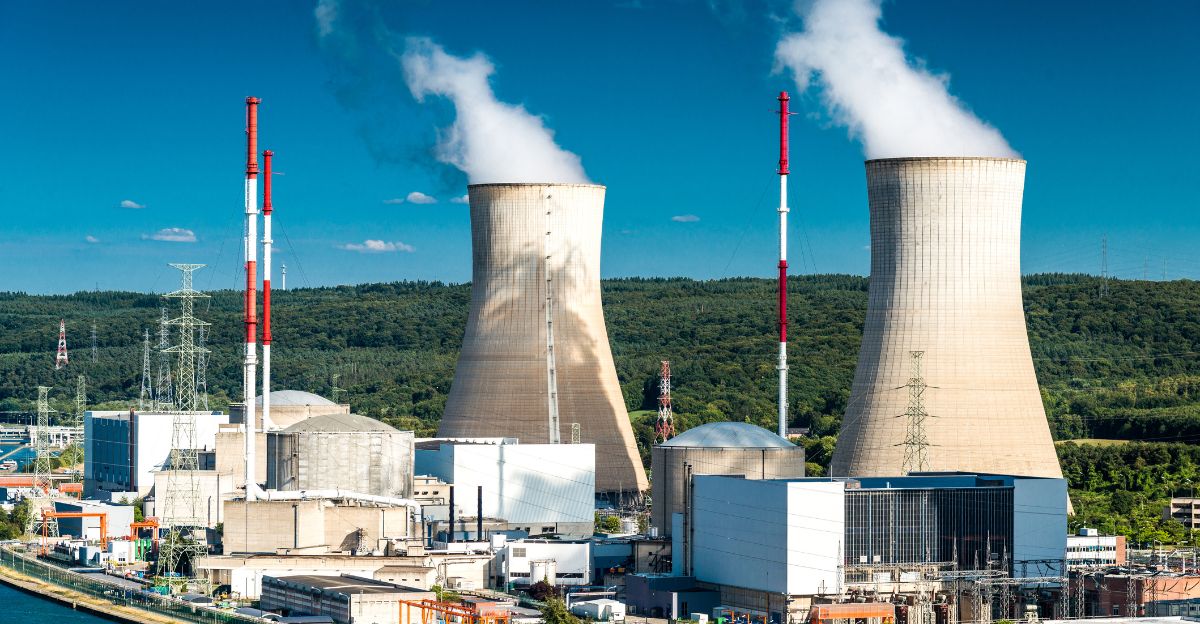
A paradox The drawback of traditional nuclear power is its overlap with the manufacture of weapons. On the other hand, thorium reactors generate very little fissile material of weapons grade that is difficult to extract. They are intentionally very unappealing to efforts at proliferation. Widespread thorium deployment thus redefines the relationship between global security and energy advancement and directly challenges the claim that increasing nuclear energy will inevitably result in more nuclear-armed states.
Compared to uranium-235 or plutonium, the diversion risk is significantly reduced by this inherent technical barrier. A literal “peaceful atom” roadmap is provided by thorium reactors, which separate civilian nuclear power from nuclear weapons pathways.
Impact on the Economy and Strategy: China’s Game Theory
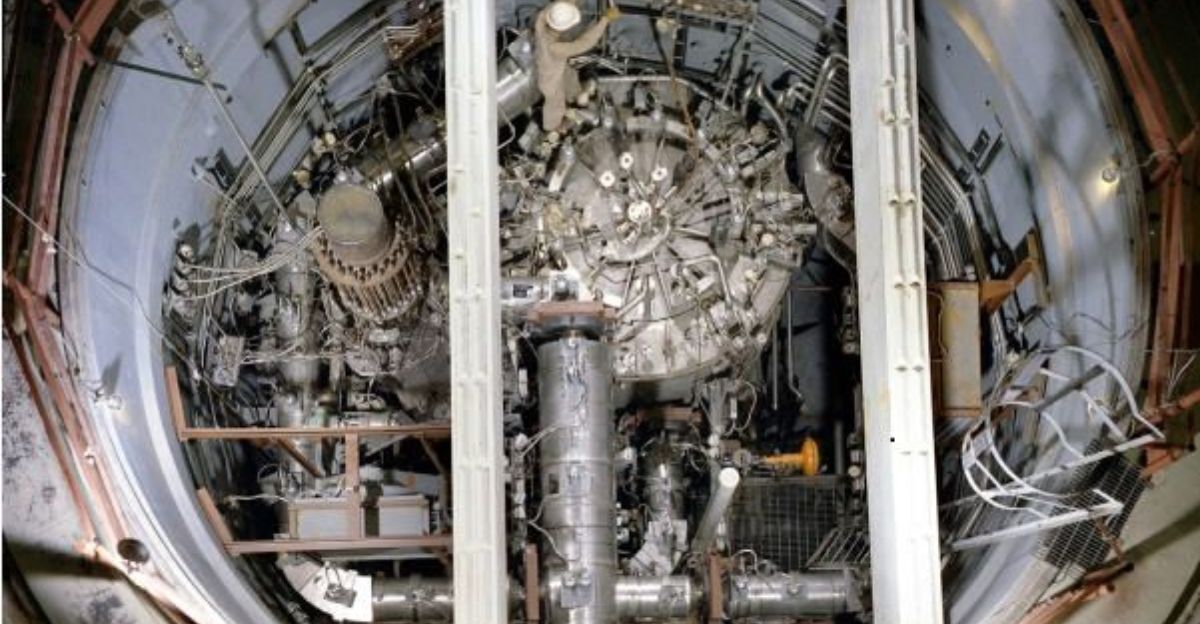
Uranium reactor construction is a costly, time-consuming, and politically sensitive process. Particularly as modular designs advance, thorium molten salt reactors present China with a way to quickly increase the production of carbon-free energy, reduce its reliance on fuel imports, and export a “made-in-China” technology to developing nations.
Strategically, control over thorium technology might enable China to rewrite energy geopolitics from fuel supply to technological leadership by influencing standards, supply chains, and intellectual property regimes around this emerging sector. China’s strategy could strengthen China’s soft power through high-tech exports and encourage other nations to embrace nuclear power without the burden of uranium dependency or security concerns. This would speed up the global transition to clean energy.
Shockwaves in Geopolitics: Revising the Energy Map
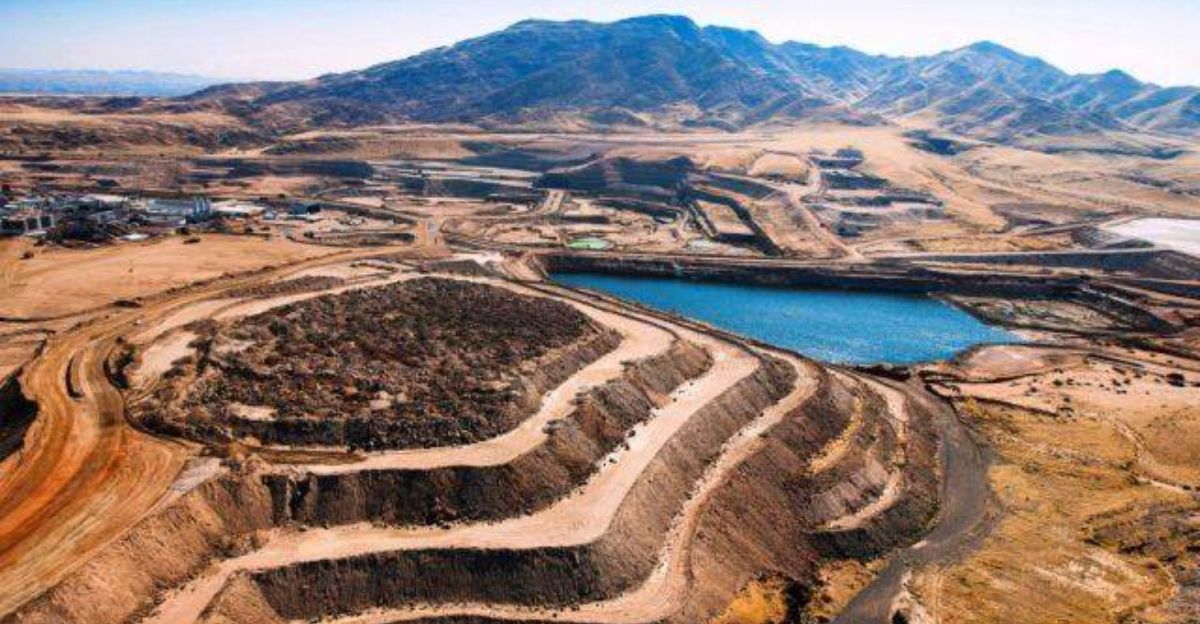
Unlike uranium, which is concentrated in a few countries, thorium is found all over the world. Long-standing uranium exporters may lose strategic clout as supply chains change, but nations with thorium deposits, such as Brazil, Australia, and India, may gain newfound geopolitical clout.
The emergence of new supplier nations with less unstable political regimes and more stable resource policies may cause the global markets for nuclear fuel to fragment and realign. In ways that uranium could never, thorium’s dispersed geographic advantage democratizes access to nuclear fuel and has the potential to shift energy power from established powers in the Global North to emerging countries.
Environmental Consequences: A Sharper Arrow, Not a Silver Bullet
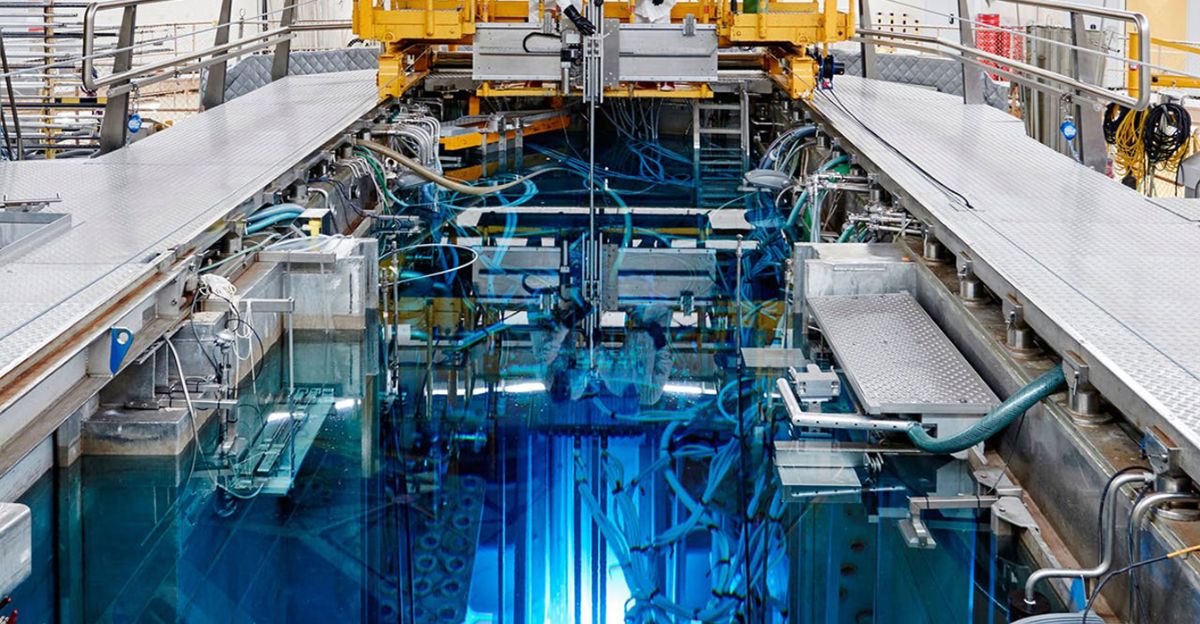
Reactors that use molten salt thorium are not inherently risk- or waste-free. Environmental effects from thorium mining and processing persist, and handling high-level waste, even if it is smaller and has a shorter lifespan, is still a difficult task. However, compared to fossil fuels, lifecycle carbon emissions are negligible, and catastrophic failure modes are successfully engineered out.
The decades-long operational lifetime and clean energy yield more than make up for the significant infrastructure demands for reactors and fuel processing. Thorium reactors could be a key component of climate mitigation strategies by efficiently lowering grid-scale greenhouse gas emissions and taking the place of coal or gas plants, particularly as renewable energy penetration alone faces intermittency and storage issues.
Rebuttals and Criticism: Engineer’s Warnings
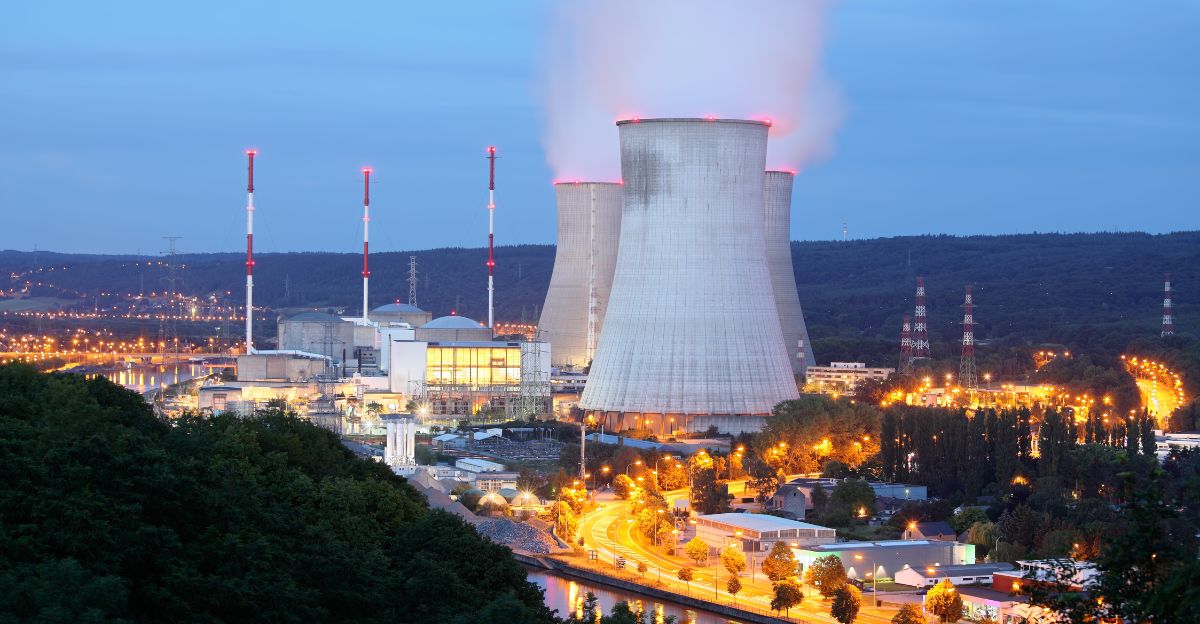
Critics point out that there aren’t any fully operational thorium reactors outside of China; the technology is still in its experimental stage, and even though costs are declining, they are still significant. The development pipeline faces significant material challenges: all components, from pumps to vessels, must withstand harsh conditions, and molten salts are corrosive.
Additionally, significant supply chain development and engineering maturity will be needed to scale lessons learned from a single demonstration reactor to commercial fleets. In actual markets where uranium-based nuclear, natural gas, and renewables already face fierce competition, economic competitiveness must also be demonstrated. To validate and develop thorium technology outside of China, transparency and international cooperation will be crucial, particularly to preserve international confidence and prevent techno-nationalist divisions that might impede development.
Industry Mergers: Unexpected Repercussions

The special characteristics of thorium reactors make them perfect for industrial symbiosis. The most difficult industrial sectors could be drastically decarbonized by integrating modular molten salt reactors with desalination plants, hydrogen production, carbon capture, or even direct air capture systems. Their ability to be installed in isolated or off-grid areas suggests that nuclear will eventually be distributed rather than just grid-scale, opening up new possibilities for mining, industrial clusters, and disaster resilience.
For instance, using thorium reactors in conjunction with green hydrogen production could reduce the amount of fossil fuels used in heavy transportation and fertilizer production. Furthermore, modular nuclear power’s resilience in high-risk areas could aid in humanitarian efforts, maintain supply chains, and spur regional economic expansion, increasing the benefits to society well beyond just producing electricity.
Effects of the Second Order: Social and Psychological Changes
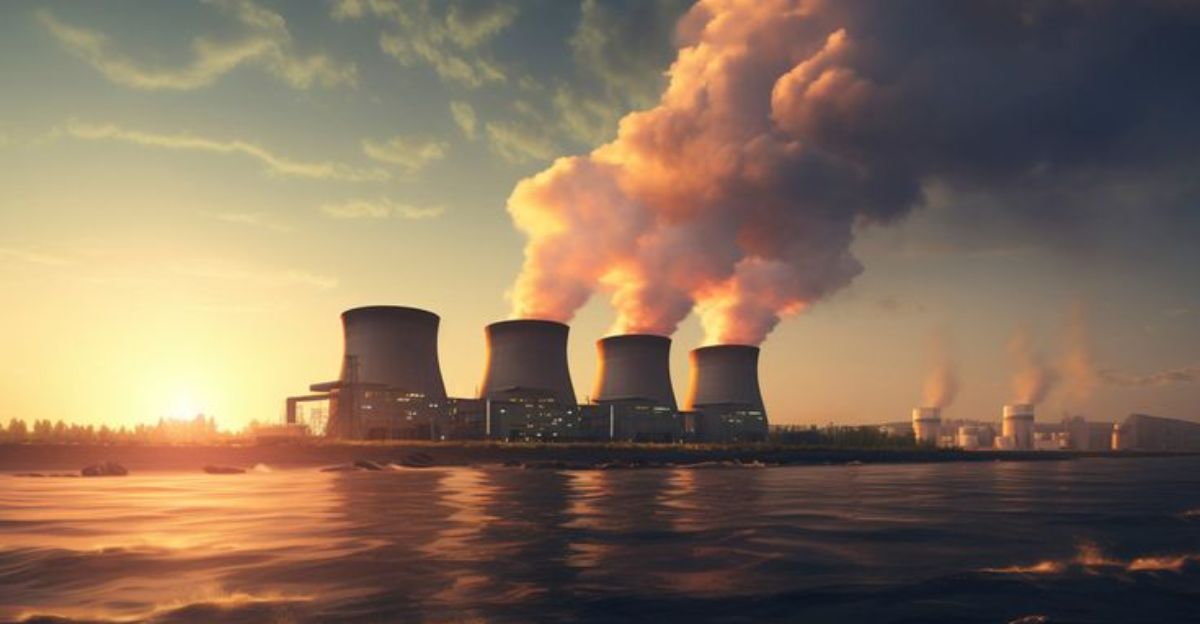
If China’s gamble is successful, the public and policymakers may be forced to reconsider what is feasible in clean energy as the psychological barrier against nuclear could give way to cautious optimism on a global scale. More significantly, a swift and obvious nuclear deployment in one nation could startle others out of their complacency and restart a worldwide nuclear arms race (of the peaceful kind).
Thorium technology’s normalization of nuclear power could spur new funding, scientific cooperation, and legislative changes that had been put on hold by misinformation and anxieties. Proven safety and environmental benefits could change social acceptance, which has historically been the weak point of nuclear expansion, and transform energy debates from divisive opposition to reasonable discussion.
Third-Order Impacts: Disruption and New Science
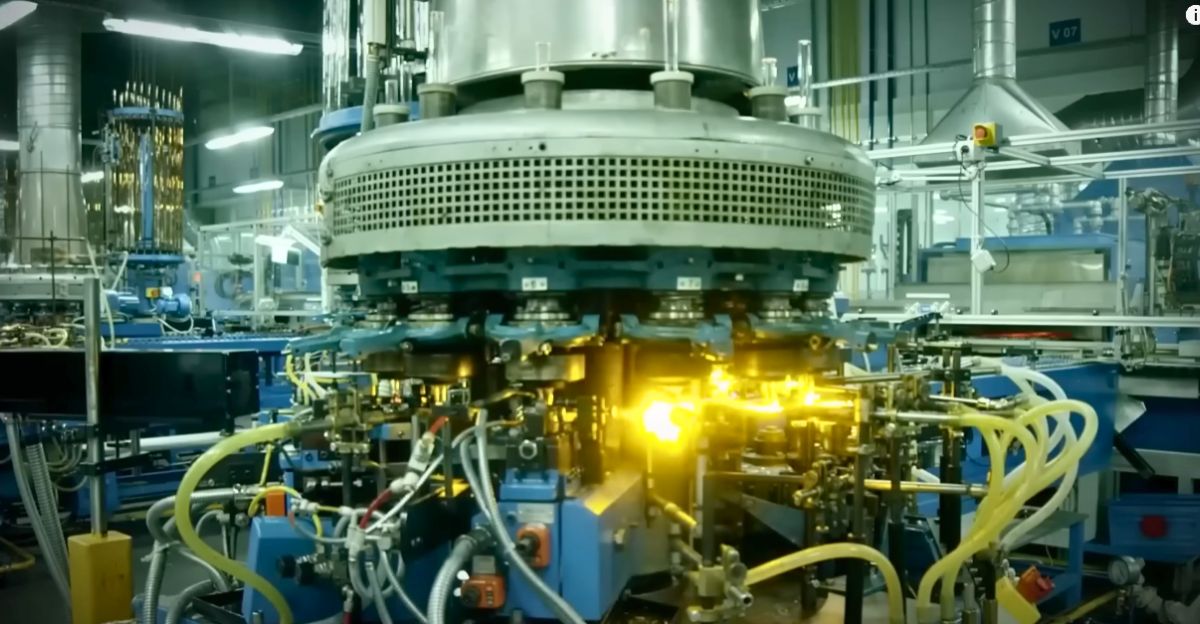
The widespread use of molten salt thorium reactors may spur developments in nuclear chemistry, robotics, distributed grid systems, and high-temperature materials. China’s operational data establishes a standard: when researchers from other countries enter the field, the pace of advancement soars.
These reactors advance the aerospace, chemical, and manufacturing industries by pushing materials science to develop solutions that can withstand highly corrosive environments, going beyond basic nuclear science. Automation and robotics for ongoing maintenance and refueling could spur advancements in AI-powered industrial processes.
The Future Is Here, Not Tomorrow
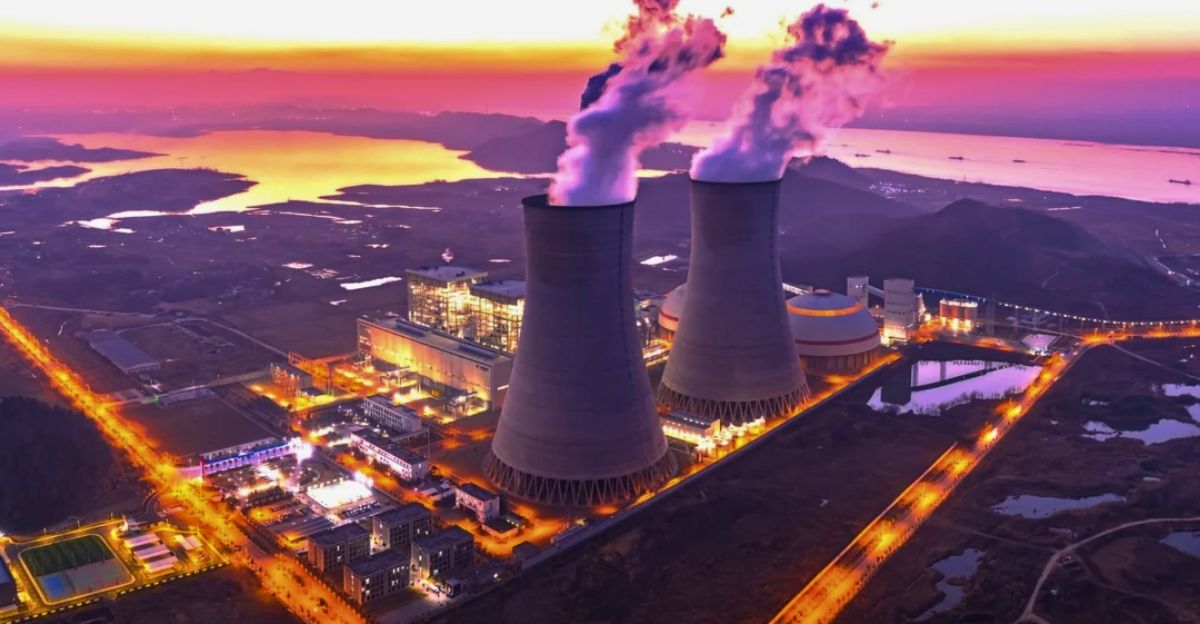
China’s thorium reactor activation is not the end of nuclear innovation; rather, it is the resuscitation of an early-discarded concept that has been matured by unwavering focus and strategic vision. Thorium has the potential to reduce emissions, stabilize power systems, and reduce the risk of nuclear waste and proliferation if it performs as promised.
It’s asking the world to either catch up or lag behind. This moment serves as a wake-up call for governments, scientists, and business executives to reexamine overlooked nuclear pathways with new urgency and new eyes. For decades to come, the course of global energy, climate outcomes, and geopolitical influence could be determined by this success or failure.


